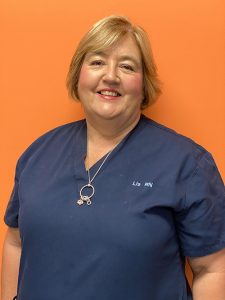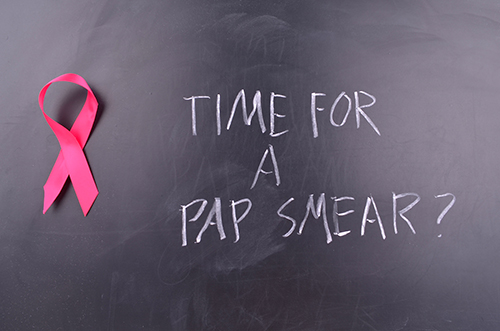
HPV self-collection (cervical screening test/pap smear) DURING the last two years or so, many cancer screenings have been neglected for one reason or another.
However, changes in screening methods are constantly evolving.
This includes cervical screening tests(previously known as PAP Smears) for cervical cancer.
From screening every two years, to becoming five yearly and now there is an option or choice of self-collection method.
Some people who are used to having PAP Smears are comfortable with the process, they don’t have to change if they don’t want to. Both options will still be accessed through a healthcare provider.
Collection can be taken within the clinic or in your own home. Australia is one of the first countries in the world to implement the HPV Cervical Screening test as part of a national population screening program and that work, combined with our HPV Vaccination program, means we are on track to be the first in the world to eliminate cervical cancer.
The HPV vaccination was introduced into the high school vaccination program in 2008 to help prevent cervical cancer and included boys in 2013.
The vaccine provides the best protection if it is completed before a person becomes sexually active. Even with the HPV vaccination, cervical screening remains an important part of regular health checks for women and people with a cervix between 25 and 74 years who have ever been sexually active.
HPV self-collection is available from July 2022. This means anyone eligible for CST will be able to choose between having a practitioner or nurse collect CST or taking their own vaginal swab.
The health professional will provide information about how to collect the sample and how they will receive the test results. The test is taken in privacy where the person inserts a very thin swab about five centimetres into the vagina and rotates it a few times. Self-collection needs to be ordered by a health professional, just like the previous method of collection. Some people may need to come back for a speculum examination or referral to a specialist if the HPV is detected. Pregnant women can safely collect their own sample.
Self-collection is just as accurate as using a clinician collected sample. Our aim is to reduce the barriers associated with not being tested and providing flexibility in collection.
Some people who may not be adequately screened may include:
- Those with previous discomfort or a
painful experience - People with language and cultural
barriers - The LGBTQI communities
- Age related
- Those who have not been sexually
active for many years - Those who have experienced sexual
assault - Disabled clients
With the support of the Australian Centre for the Prevention of Cervical Cancer, our goal is to eliminate cervical cancer in Australia and particularly our region by 2035. More than 200 women and people with a cervix die from cervical cancer in Australia each year. Self-collection can save lives.
– Wangaratta Chronicle


